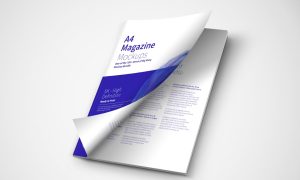-
×

-
×

-
×

-
×

جمع جزء: تومان 623,700





نقد و بررسیها
هنوز بررسیای ثبت نشده است.